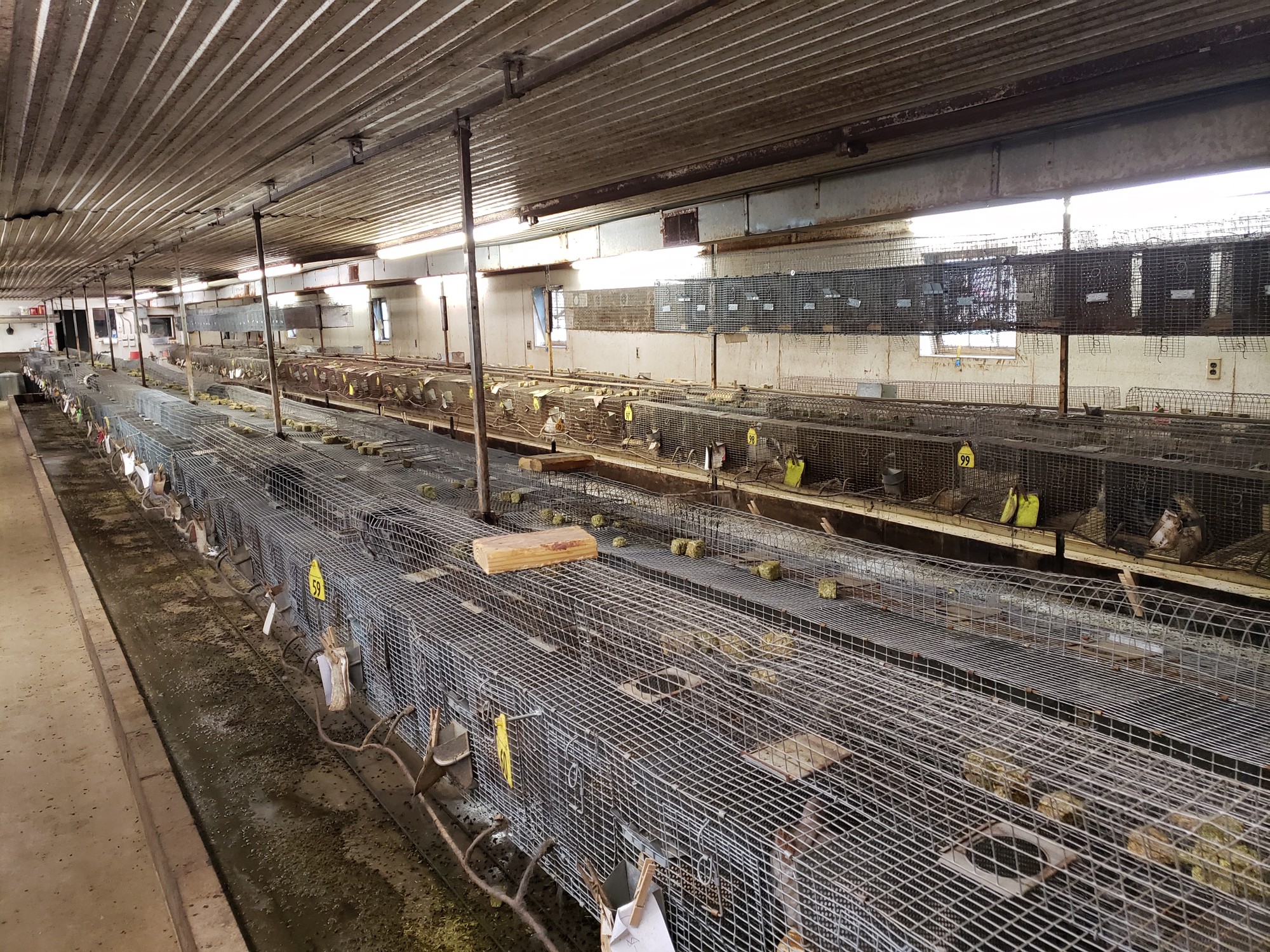

This originally was aluminium and the little wotsits chewed it - we replaced it with iron which wasn't quite as attractive but was chewproof.

We bought some strips of angled metal from a DIY store and stuck them under the edges of the tray with aruldite to stop bedding being kicked over the edge. This is a two story bird cage and we had to use a jigsaw to cut a hole between floors, cutting both the tray and the support floor underneath. A large cage like this means if we didn't have time to let her out every single night we don't have to worry about her getting too bored. So, at the time, we adapted a Ferplast Duetto aviary (and got Spike a neutered male) for her. This was many years ago and there were a lot less cages available. It is however better to be in a smaller cage with company, a wheel and plenty of toys and lots of attention with than a large cage alone and with nothing to do so if you cannot afford a large cage look at some of the ideas on the Environment Enrichment page. Chinchillas kept in small cages like this may develop behavioral problems if not let out for long periods each day. As you can see from the picture below this cage really isn't big enough for her. This cage which is two story and sold as a chinchilla cage but I think is more suitable for Rats and Degus - my degus lived in it happily for many years with the mesh floors out although even they have a bigger cage now. Fluff started off in a standard Terenziani chinchilla cage. Most of the standard cages sold in pet shops are too small for chinchillas and very expensive. If you are thinking of buying a chinchilla please read my Before you buy a Chinchilla page first for some of the realities of life with a chinchilla.


 0 kommentar(er)
0 kommentar(er)
